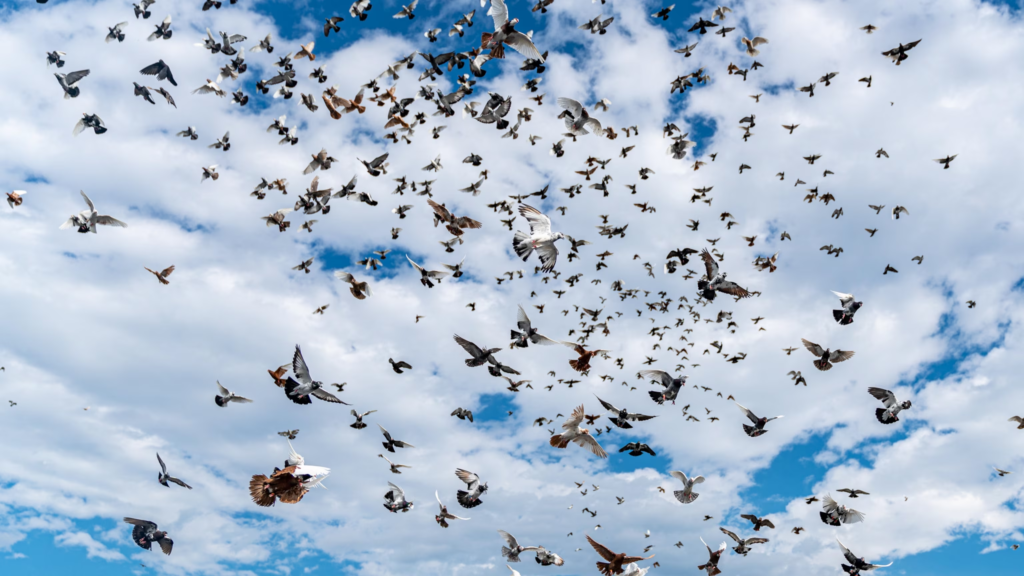Some Animals Travel Long Distances
some Animals Travel Long Distances by Delta publications
Key Notes:
Introduction to Animal Migration

- Migration Definition: Migration is the movement of animals from one place to another, often over long distances, usually for breeding, finding food, or escaping harsh weather.
- Purpose: Animals migrate to find better living conditions, such as warmer climates or abundant food.
Examples of Migratory Animals
- Monarch Butterflies: Travel thousands of miles from North America to Central Mexico.

- Birds: Species like the Arctic Tern migrate between the Arctic and Antarctic, covering over 70,000 km (43,500 miles) in a year.

- Salmon: Swim from the ocean to their birth rivers to spawn (lay eggs).
- Wildebeest: In Africa, they move in large herds across the Serengeti in search of food and water.

Reasons for Migration
- Breeding: Animals migrate to find suitable places to reproduce. For example, sea turtles lay eggs on beaches where they were born.
- Food: Many animals migrate to follow food sources. For example, caribou travel great distances to find lichens in winter.
- Climate: Animals may migrate to avoid extreme temperatures or harsh weather conditions.
Migration Patterns
- Seasonal Migration: Some animals migrate based on seasons, such as birds flying south for the winter.
- Long-Distance Migration: Certain animals travel vast distances, like whales moving between feeding and breeding grounds.
- Periodic Migration: Some species migrate at specific times of the year, like salmon returning to their spawning grounds.
Navigation and Adaptations
- Navigation: Migrating animals use various methods for navigation, including the sun, stars, Earth’s magnetic field, and landmarks.
- Adaptations: Animals have special adaptations to help with migration, such as fat reserves for energy, changes in behavior, and physical changes like thicker fur.
Human Impact on Migration
- Threats: Habitat destruction, climate change, and pollution can affect migration routes and success.
- Conservation Efforts: Protecting habitats, creating wildlife corridors, and reducing pollution can help support migratory animals.
Fun Facts
- Speed and Endurance: The Arctic Tern holds the record for the longest migration of any bird, traveling up to 70,000 km (43,500 miles) annually.
- Navigation Skills: Monarch butterflies use an internal compass and the position of the sun to navigate.
Let’s practice!

